
If you’ve had your fill of COVID-19, politics and ecological gloom, how about a conservation success story? The reintroduction of the river otter in Illinois is a good-news story that brings a virus-free breath of fresh air when we need it most.
The story begins long ago, when the American river otter thrived in all the major watersheds of North America. The river otter’s historic range stretched from present-day Alaska, across Canada and throughout the continental United States, apart from the arid southwest. Pristine fresh-water streams and rivers were ideal habitat for the river otter. As a predator of fish and other aquatic wildlife, the otter played a key role in freshwater riparian ecosystems.
Indigenous peoples knew the otter long before Europeans first slid their canoes in New World waters. The otter’s playfulness inspired stories and legends in numerous tribes. Native Americans utilized otter fur, which is dense and water resistant. In a pinch, some Indigenous groups ate river otter meat.

When Europeans arrived in the 16th century, fur quickly became a valuable commodity. Initially, Native Americans exchanged pelts for kettles, knives, blankets, alcohol, firearms and other goods. Europeans soon picked up trapping, and the French Voyageurs became legendary trappers. “The most-traded furs included beaver, bear, black fox, deer, marten, and otter,” wrote B. Pierre Lebeau for the Encyclopedia of Chicago. “French voyageurs [transported] the goods and the furs in their bark canoes.” By the 18th century, the fur trade was a booming business, fueled by increasing demand in Europe. Control of the fur—and therefore, of wildlife and rivers—was part of the power struggle between France, Britain and Native Americans.
The harvest of furbearers was unregulated and unrelenting. As the years rolled on, more river otters travelled through Illinois as pelts stacked in pirogues and less as free-swimming predators in streams. Great quantities of otter pelts changed hands at Fort Dearborn, the bustling fur trade center built in 1808 (now the city of Chicago). The pelts arrived at Fort Dearborn from a variety of sources. “The Potawatomis at Chicago were much involved in the fur trade,” wrote R. David Edmunds for the Encyclopedia of Chicago, “first trading beaver pelts to the French, but also supplying traders with muskrat, raccoon, and otter pelts taken from the marshes along the Calumet and Kankakee Rivers.” As otters grew scarce in Illinois waters, otter pelts were brought from farther afield.
By the mid-nineteenth century, the Illinois river otter population plummeted. An otter sighting in Illinois was rare by 1900. The State of Illinois made it illegal to trap river otter in 1929.
Over-harvest was the first blow to the river otter population, but habitat loss was the clincher. Degradation of riparian habitat was widespread in Illinois in a relatively short period of time. From 1818, the year of Illinois’ statehood, through the mid-20th century, once pristine rivers became convenient sinks for waste products of all kinds. Dams transformed free-flowing rivers to silt-laden lakes and ponds. Meandering streams were straightened to become drainage ditches. Thus, the river otter was hard-pressed to find decent habitat in Illinois.
Although the Clean Water Act of 1972 led to improvement of riparian habitat, the otter population did not immediately rebound. In 1977 the river otter was declared a state threatened species. In 1989 the river otter was listed as a state endangered species.
Illinois Department of Natural Resources (IDNR) wildlife biologists put together a recovery plan for the river otter. The plan involved jump-starting the Illinois otter population by introducing otters from states that had healthy populations. Between 1994 and 1997, 346 otters were trapped in Louisiana and released in central and southern Illinois. With well-wishes from on-lookers and cautious optimism on the part of wildlife biologists, these otters took to the Illinois waters to start a new life.

In the years following the releases, biologists carefully monitored the movement of the otters. Tracking data showed that river otters were indeed liking their new digs throughout the state. In 2004 the otter was removed from the Illinois state endangered species list (or, de-listed). By 2009 the population was a healthy 11,000. Using population modeling, biologists suggested that the river otter could sustain a regulated harvest, and in 2012 Illinois opened the trapping season for otter.
Stan McTaggart, the IDNR Program Manager for Wildlife Diversity, oversees furbearer research and population monitoring in Illinois. McTaggart said that the success of the river otter re-introduction program has “likely exceeded everyone’s expectations.” Otters are now found in every county of Illinois.
Good habitat and proper management are key components of the success—but is there such a thing as too much success? Some people complain about otters taking “their” fish.
“Otters are skilled hunters and very opportunistic,” explained McTaggart, “but they move through areas so quickly that they rarely stay anywhere long enough to decimate local prey populations.”
On the other hand, river otters sometimes prey on young alligator snapping turtles, a state-endangered species. Otters don’t read rule books, and any prey is fair game to them. Watch for more on this story in future issues of OutdoorIllinois Wildlife Journal.
Overall, the current chapter in the story of the river otter is an upbeat one. “[River otters] really are a testament to recovery, clean water and habitat restoration, and a symbol of what is possible for rare and declining wildlife species,” said McTaggart.
That sounds like pretty good news to me!
Valerie Blaine has worked as a naturalist for more than 40 years, from the prairies and woodlands of Illinois to the shores of the San Francisco Bay. She earned a master’s degree in forestry and a bachelor’s degree in botany from the University of Illinois. Blaine retired as the Nature Programs Manager for the Forest Preserve District of Kane County.






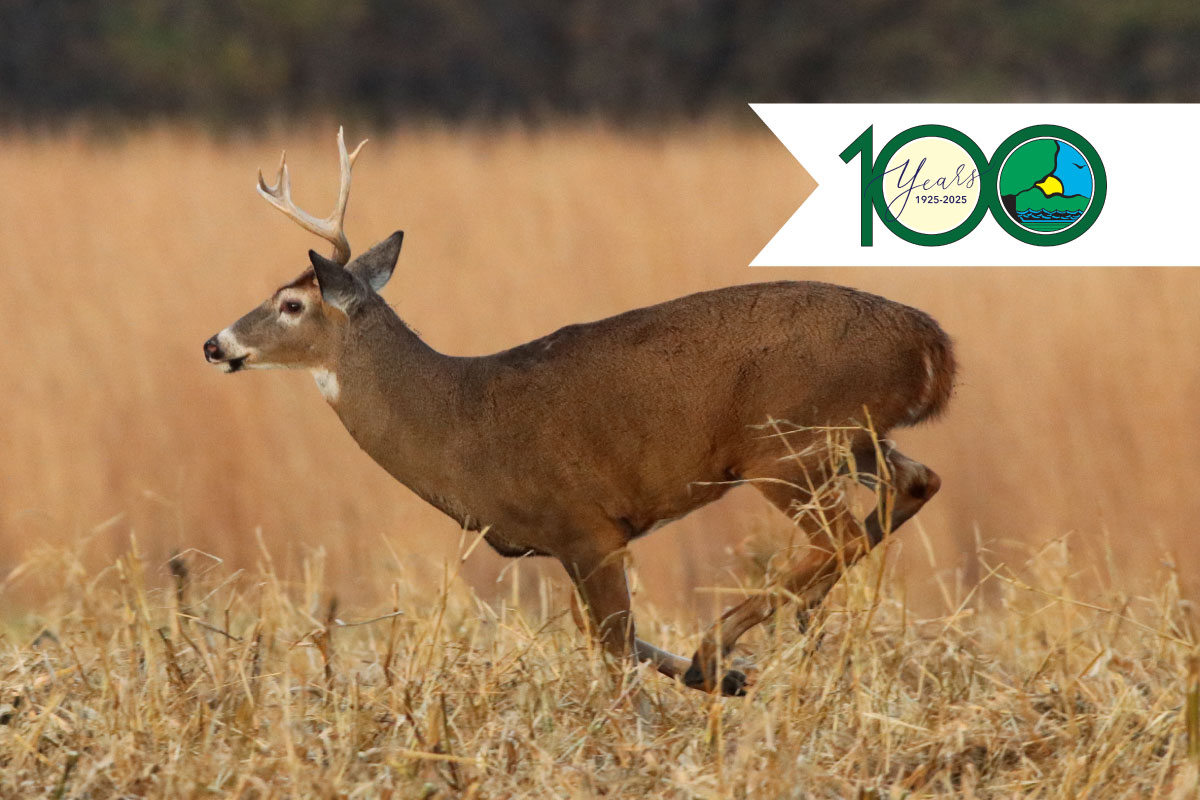
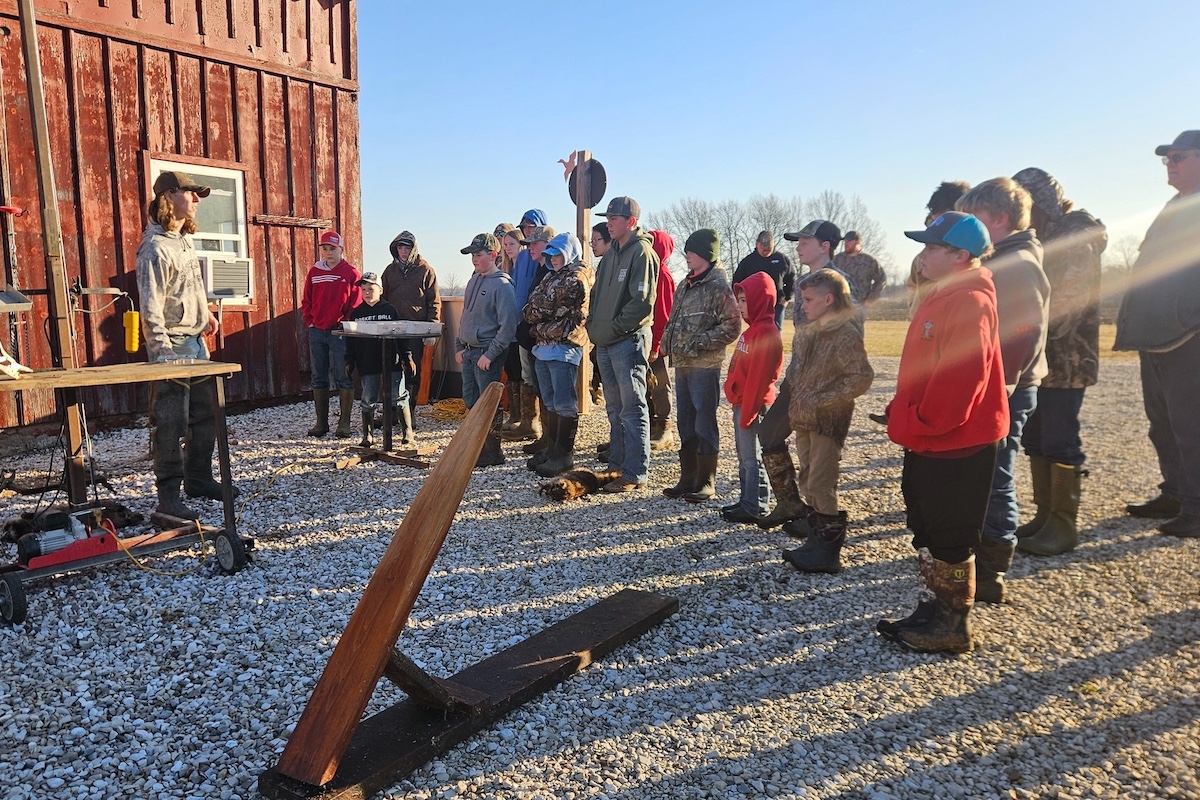
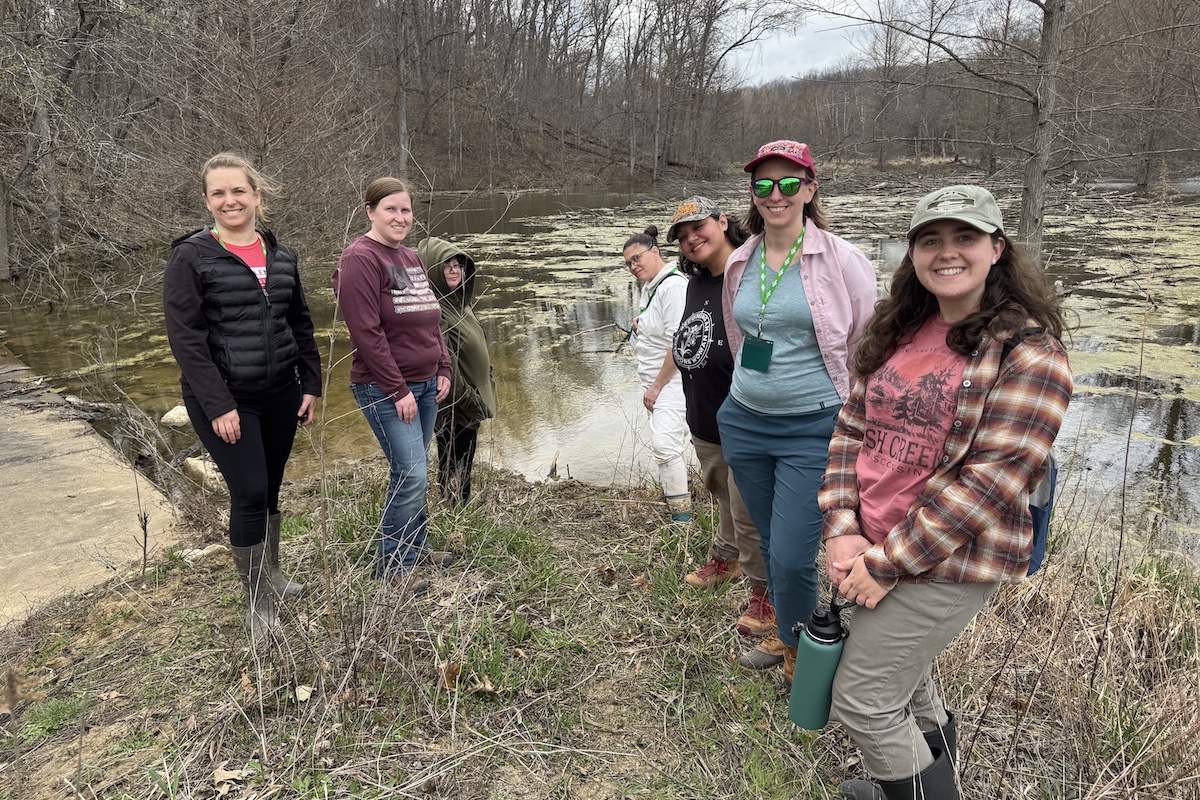
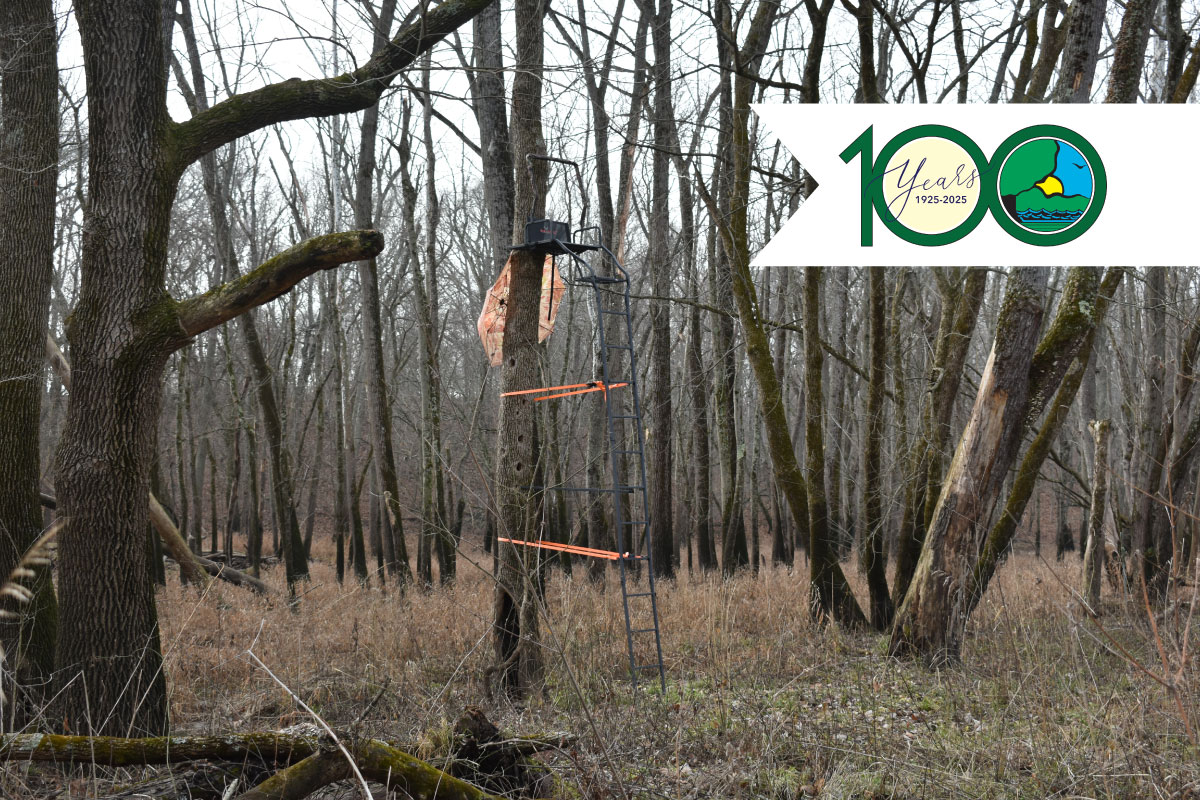
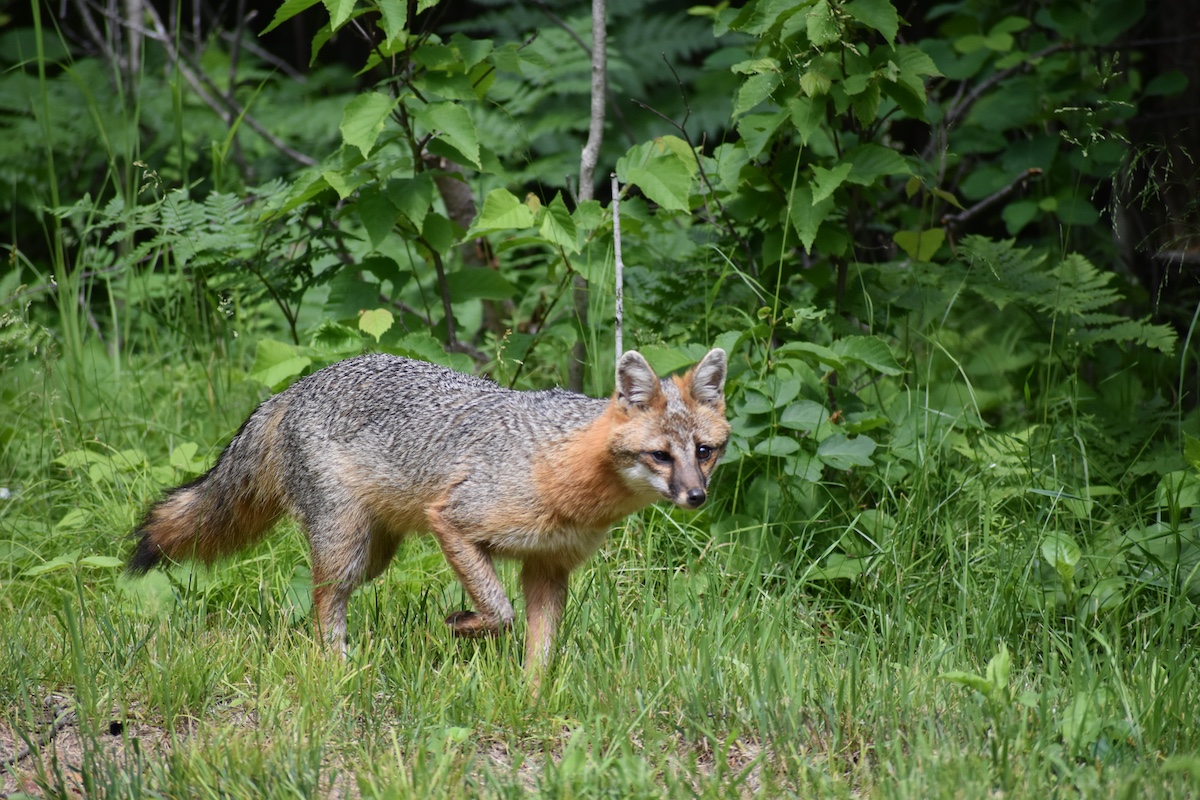
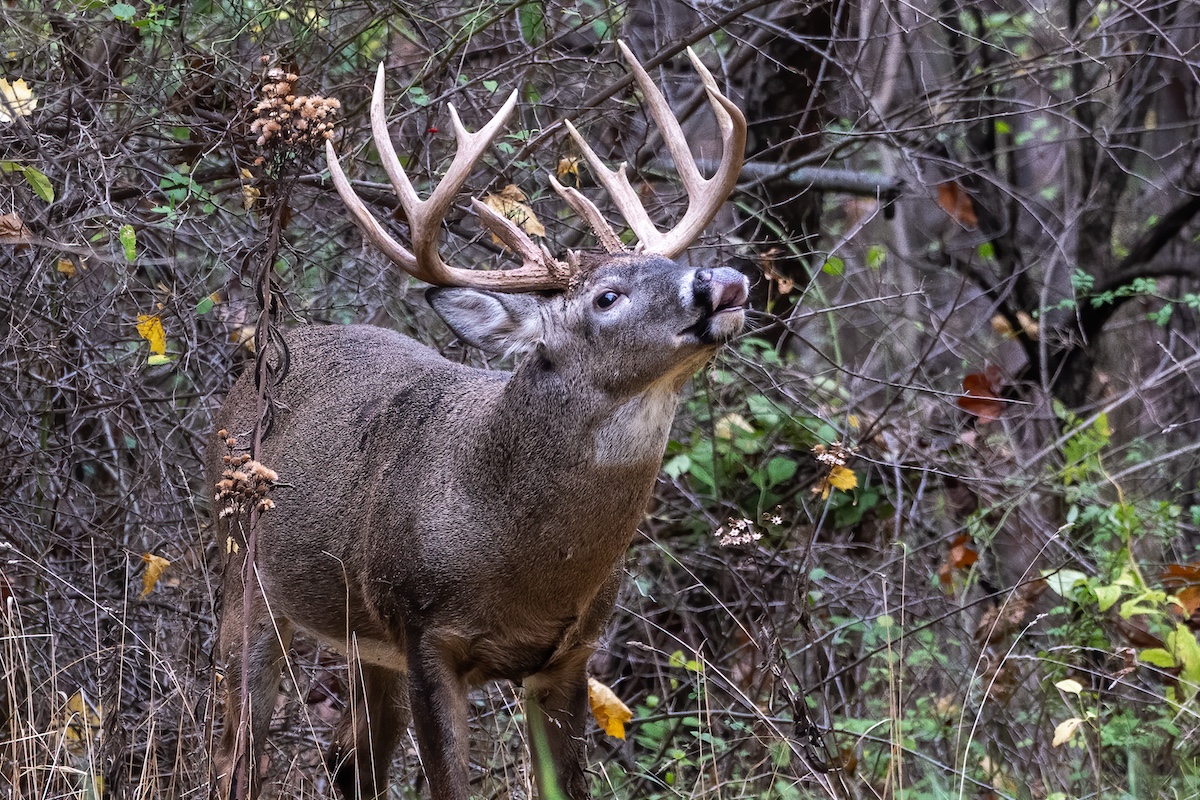
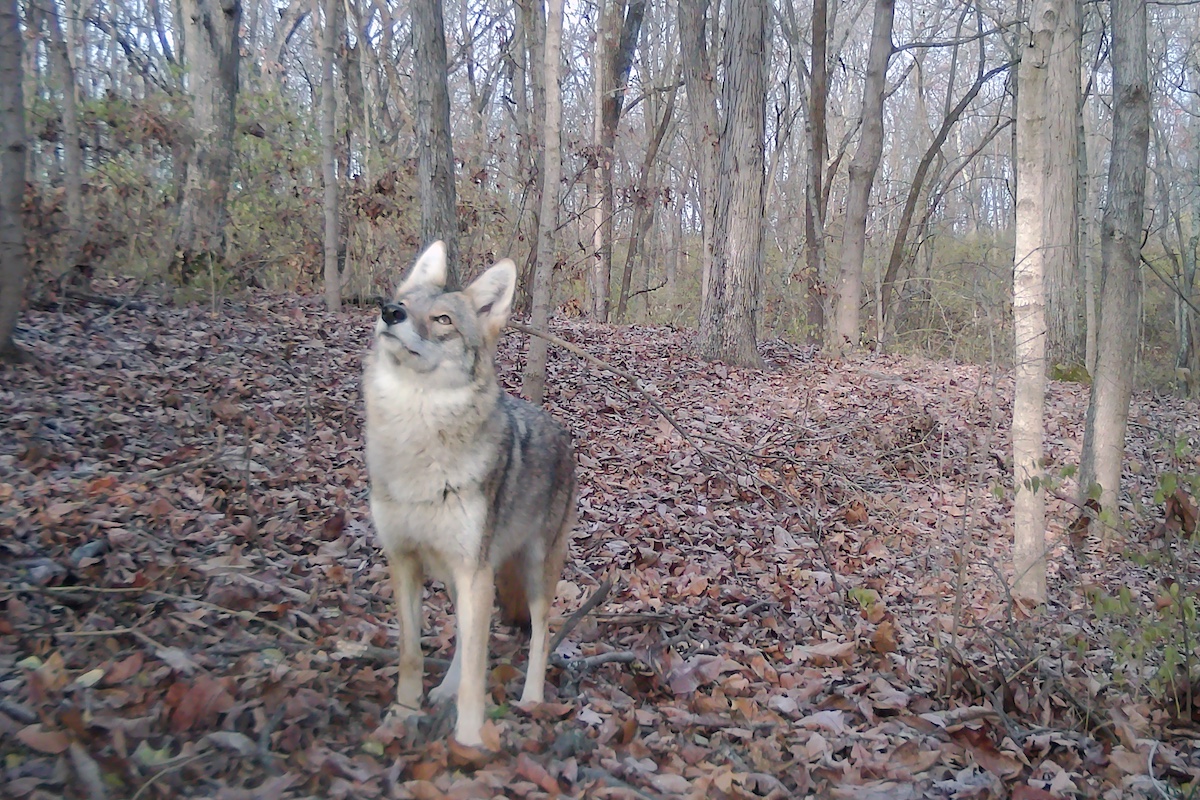
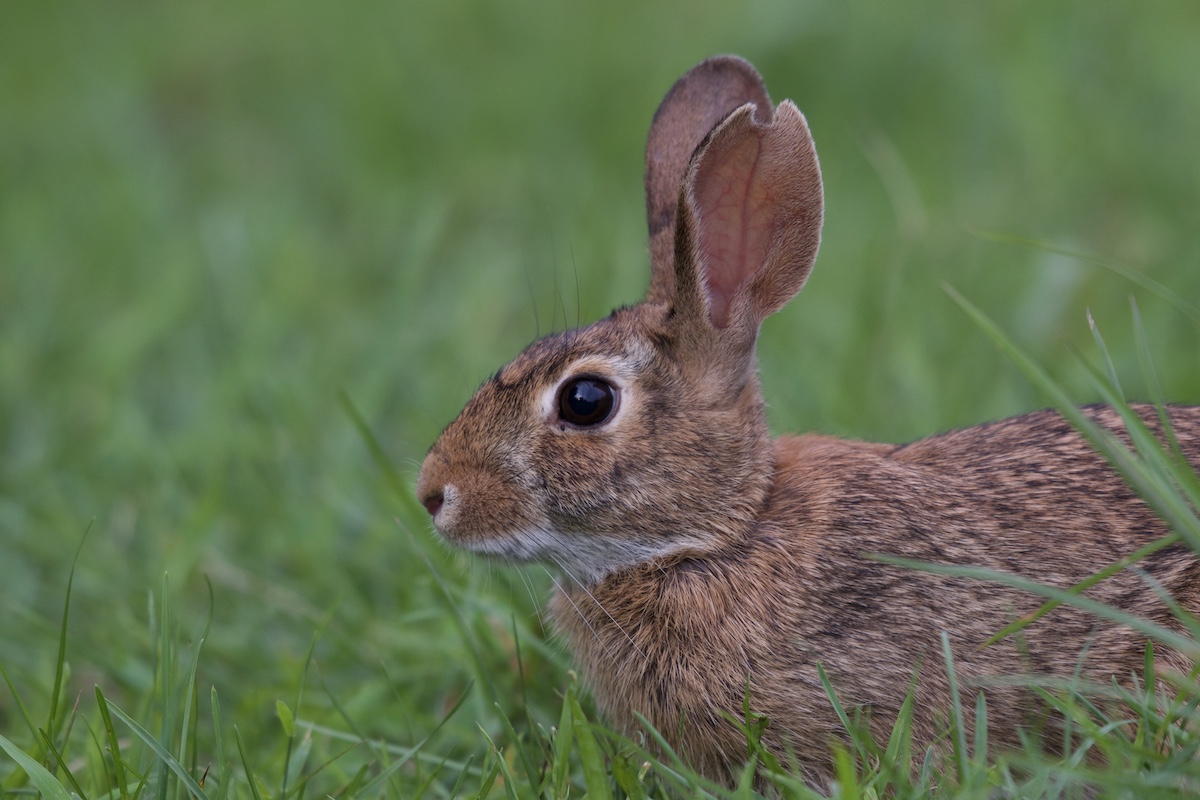
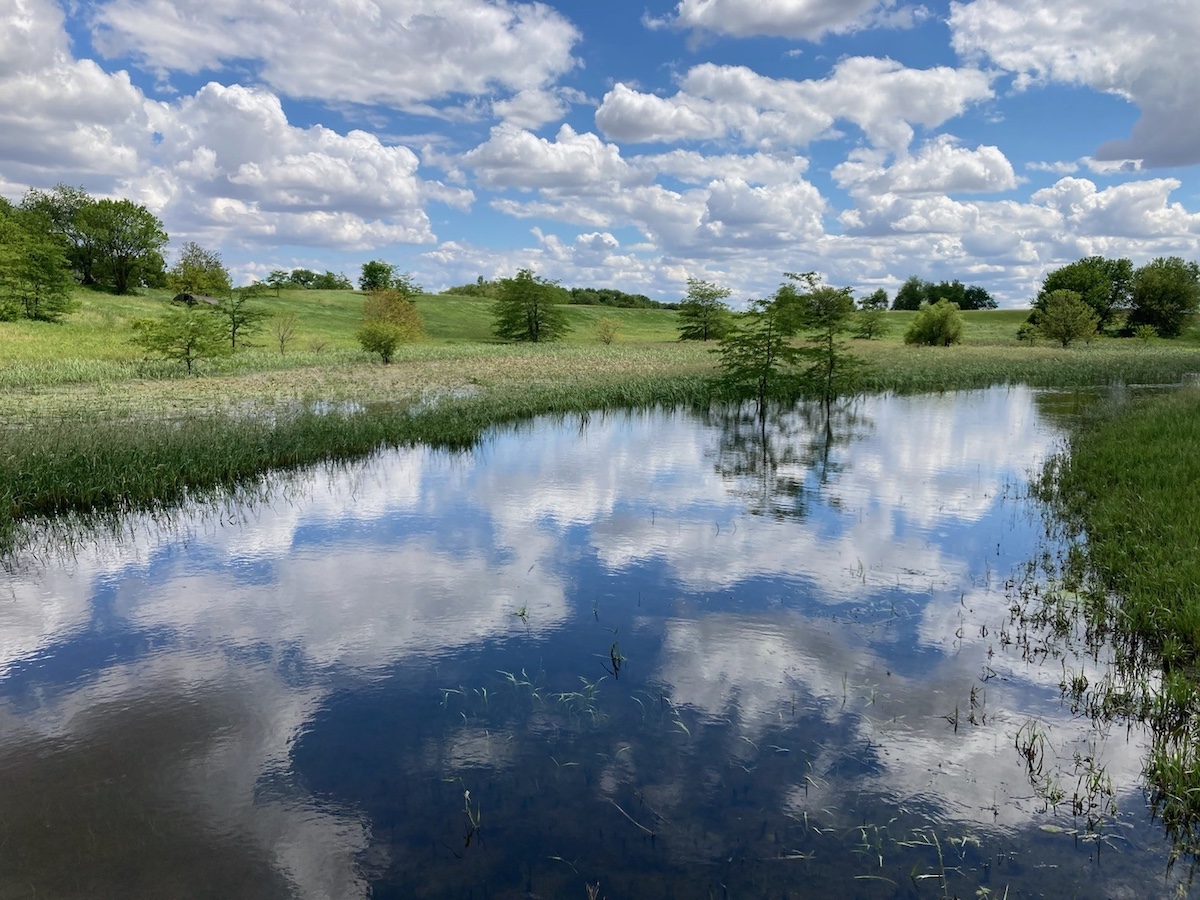
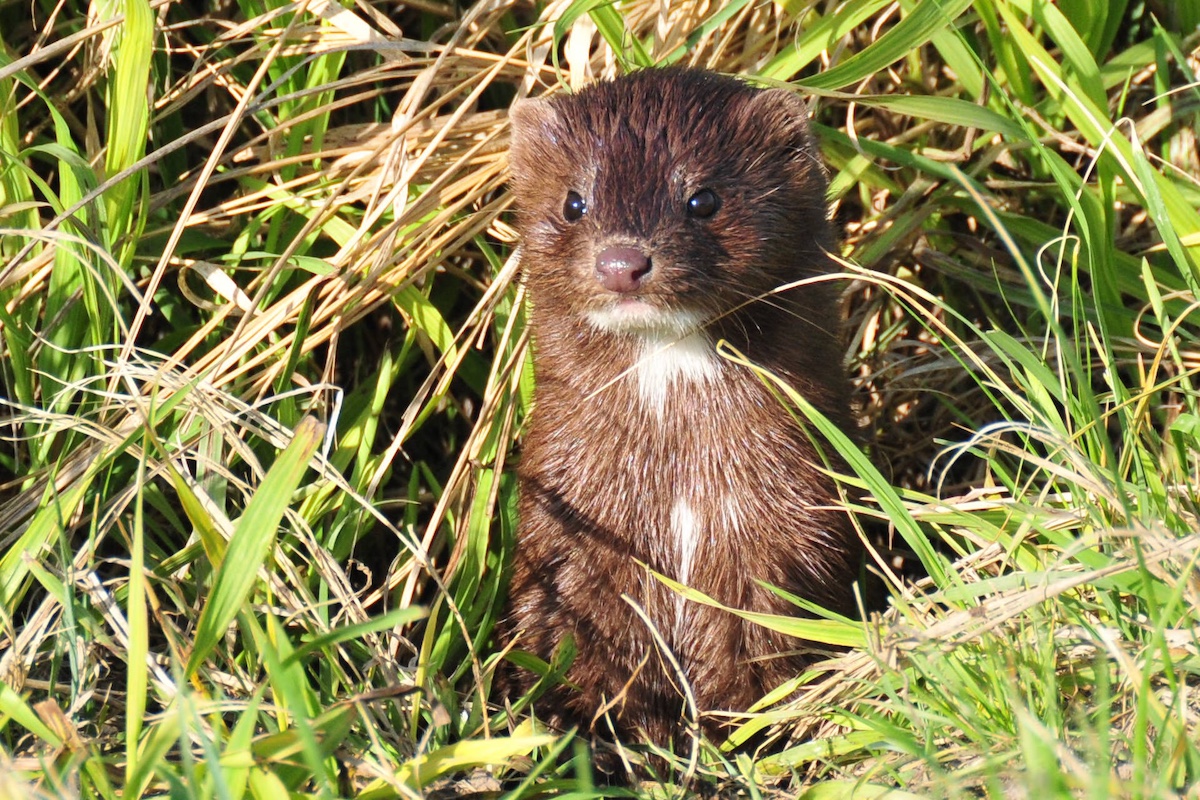
Submit a question for the author